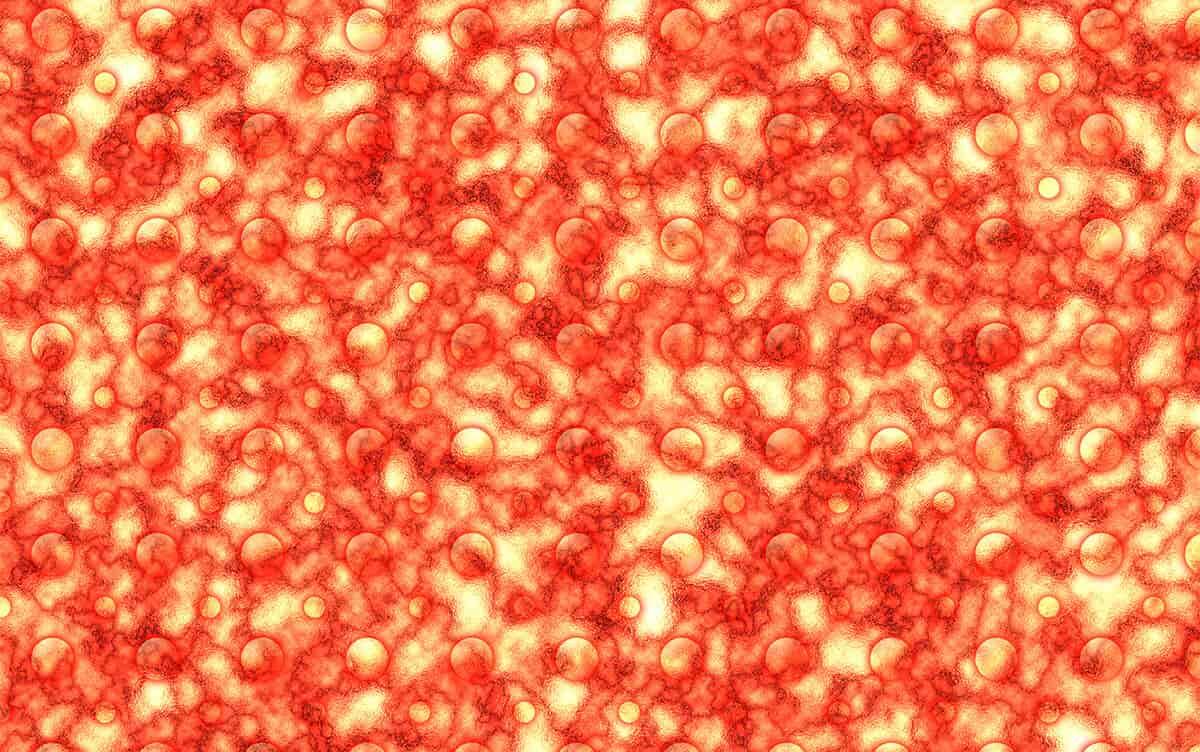Research News
Mathematical Prediction of Seismic Wave Propagation in Magma Containing Crystals and Bubbles
 Image by Iggy Nyx/Shutterstock
Image by Iggy Nyx/Shutterstock
Researchers at University of Tsukuba have mathematically elucidated how the presence of crystals and gas bubbles in magma affects the propagation of seismic P-waves. A novel equation was derived to describe the travel of these waves through magma, demonstrating how varying proportions of crystals and bubbles influence wave velocity and waveform characteristics.
Tsukuba, Japan—A recent study has mathematically clarified how the presence of crystals and gas bubbles in magma affects the propagation of seismic P-waves. The researchers derived a new equation that characterizes the travel of these waves through magma, revealing how the relative proportions of crystals and bubbles influence wave velocity and waveform properties.
The ratio of crystals to bubbles in subterranean magma reservoirs is crucial for forecasting volcanic eruptions. Due to the inaccessibility of direct observations, scientists analyze seismic P-waves recorded at the surface to infer these internal characteristics. Previous studies have predominantly focused on the influence of gas bubbles, with limited consideration given to crystal content. Moreover, conventional models have primarily addressed variations in wave velocity and amplitude decay, without capturing detailed waveform transformations.
In this study, the researchers developed a new equation from integrating two distinct mathematical models of magma flow. The results show that P-wave velocity decreases as the proportion of bubbles increases relative to crystals, with bubbles exerting a more significant influence than crystals. Conversely, attenuation effects were found to be more strongly affected by crystals. The analysis further revealed that waveform characteristics depend on frequency and bubble content, with discernible differences emerging between the two underlying models.
The new equation enables the time-dependent calculation of P-waveforms based on the bubble and crystal content in magma. Looking ahead, the research team intends to integrate this model with machine learning techniques to estimate the internal composition of magma from observed P-waveforms, with the goal of enhancing the accuracy of volcanic eruption prediction systems.
###
This study was partially supported by the JSPS KAKENHI (Nos. 21J20389 and 22K03898), by the JKA and its promotion funds from the KEIRIN RACE, and by a Komiya Research Grant from the Turbomachinery Society of Japan. This study was partly based on the results obtained from a project subsidized by the New Energy and Industrial Technology Development Organization (NEDO) (No.
JPNP20004). This work was also partially supported by the Top Runners in Strategy of Transborder Advanced Research (TRiSTAR) program conducted as part of the Strategic Professional Development Program for Young Researchers by MEXT.
Original Paper
- Title of original paper:
- Weakly nonlinear wave propagation in magma containing crystals and bubbles
- Journal:
- Physics of Fluids
- DOI:
- 10.1063/5.0251612
Correspondence
Associate Professor KANAGAWA Tetsuya
Institute of Systems and Information Engineering, University of Tsukuba
Related Link
Institute of Systems and Information Engineering






